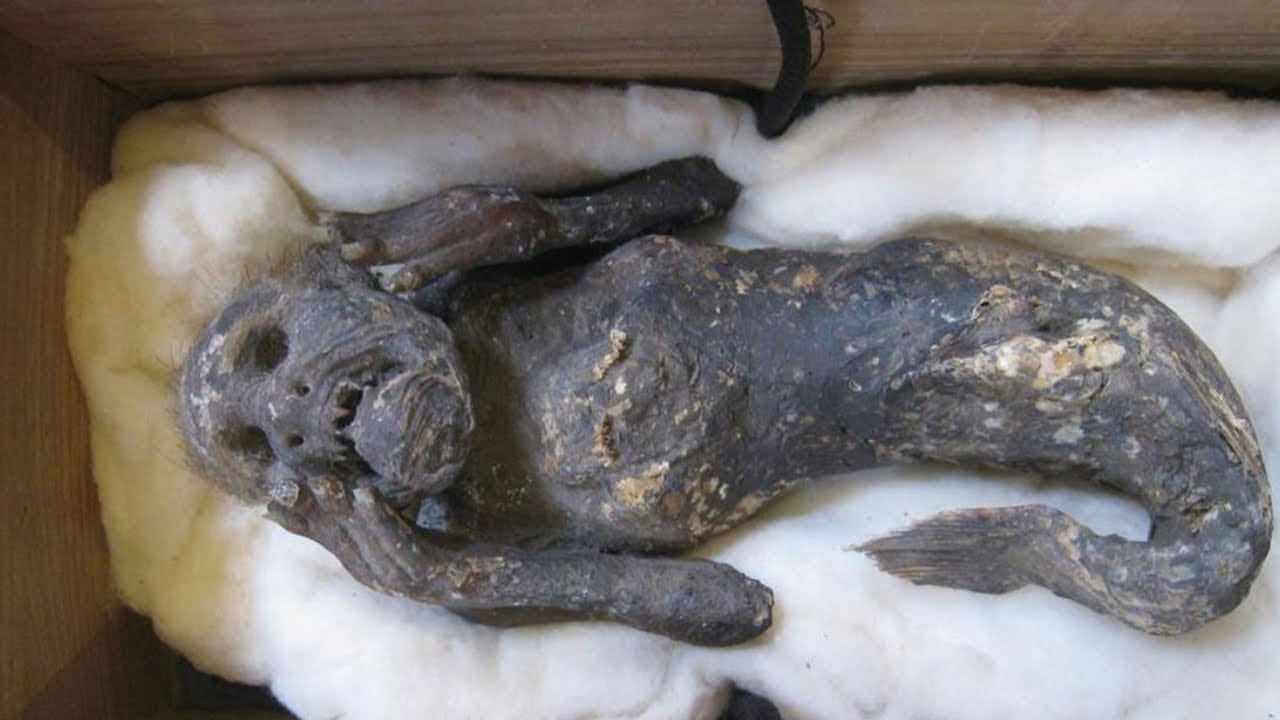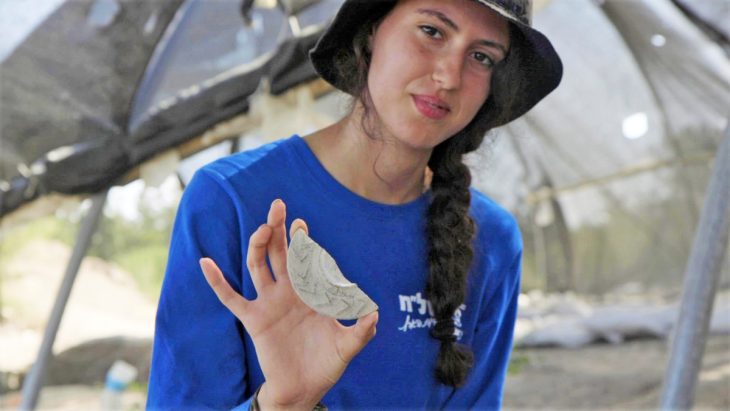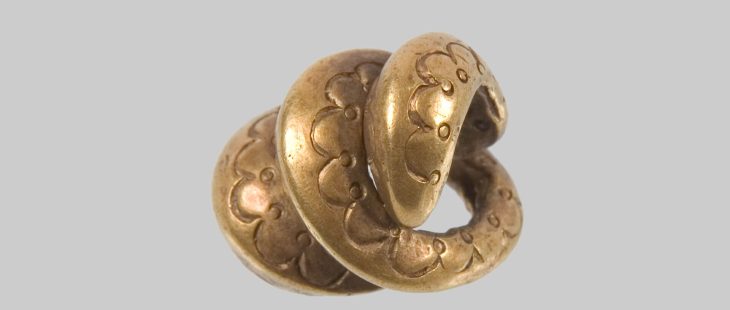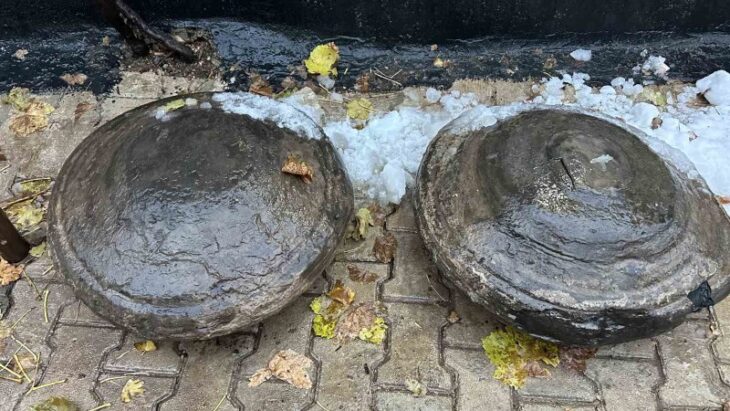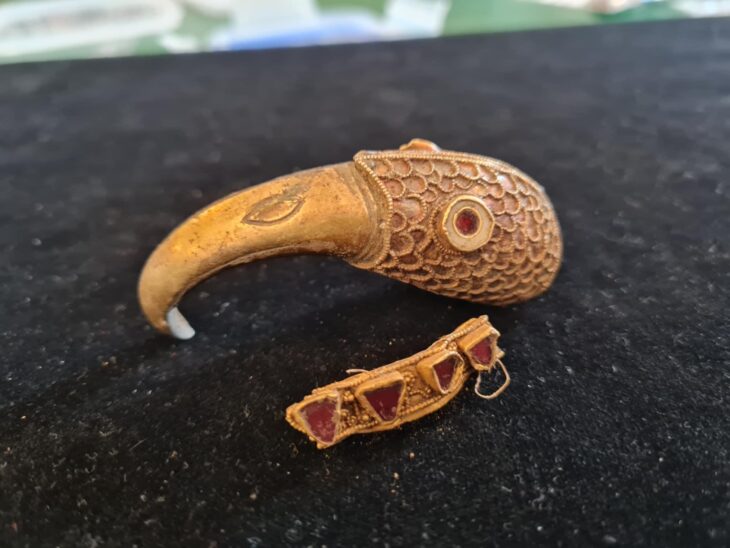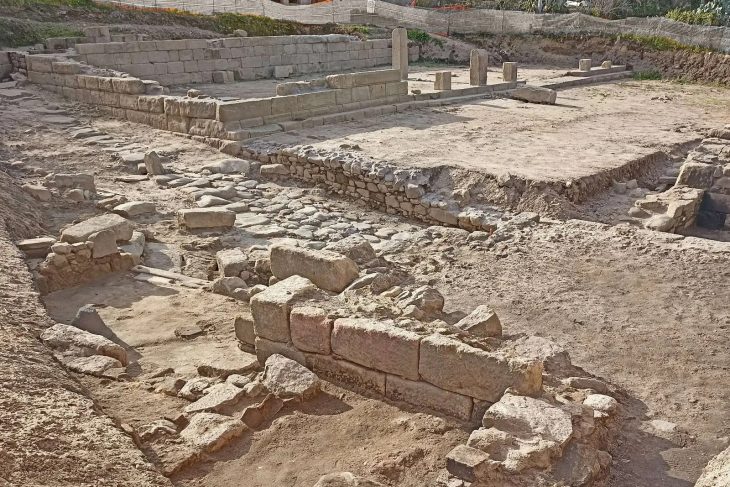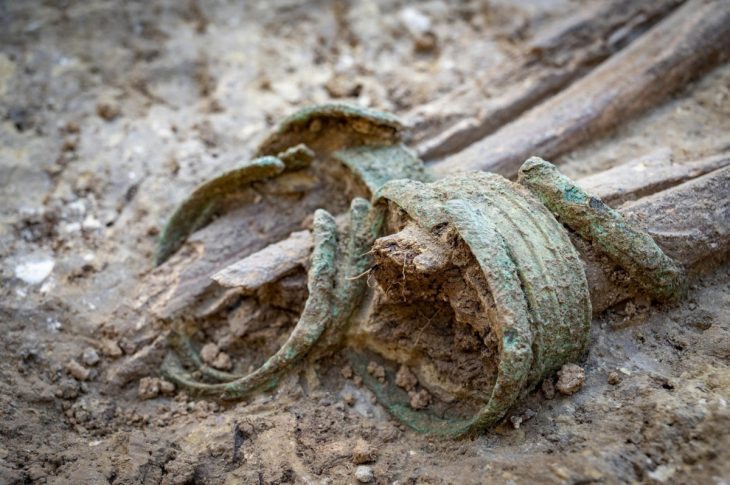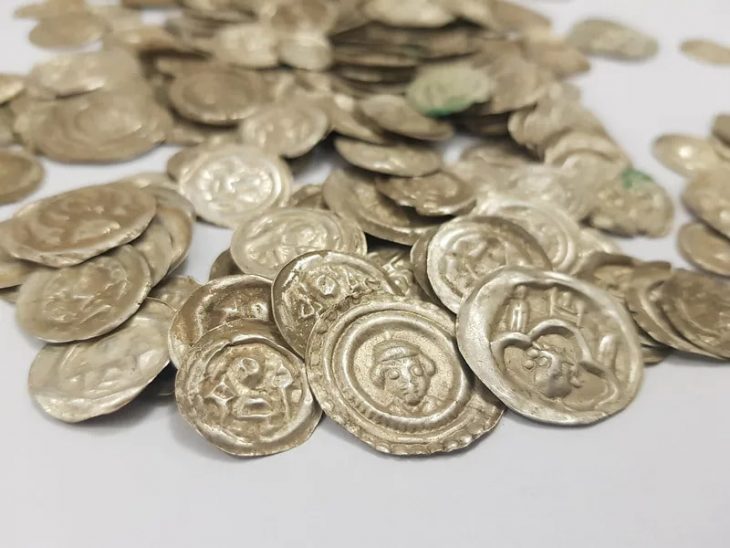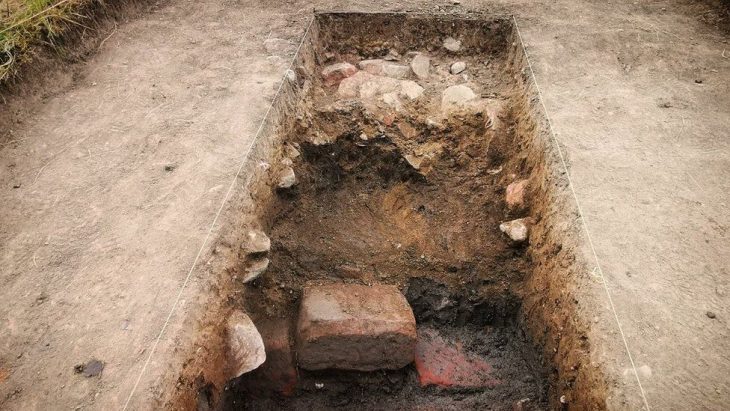A mummified mermaid has been worshiped in Japan for centuries because locals believe it has healing powers. However, upon closer inspection, it was discovered that the item was not as mysterious as it appeared because it was only artificial.
In Japan, there is a legend that the 300-year-old mummified mermaid will grant immortality to anyone who eats its flesh. The mysterious object has been on display for four decades at the Enjuin Temple in Asakuchi.
The 12-inch creature was allegedly caught in the Pacific Ocean, off the Japanese island of Shikoku, between 1736 and 1741.
The creature has two hands reaching up towards its grimacing face. Hair is still visible on its head and it has the remains of sharp, pointy teeth in its mouth. But its body gives way to a distinctly fish-like tail.

Scientists have been perplexed by the finding for years.
📣 Our WhatsApp channel is now LIVE! Stay up-to-date with the latest news and updates, just click here to follow us on WhatsApp and never miss a thing!!
Chief priest Kozen Kuida told the Japanese newspaper The Asahi Shimbun they even worshipped it in the hope it would help to “alleviate the coronavirus pandemic”.
Last year, researchers from the Kurashiki University of Science and the Arts took the mummy for tests and CT scans in a bid to unravel its secrets.
They subjected the ‘mermaid’ to tests to determine if its an organic creature or not. Sadly, they have now discovered that the creature is completely artificial – made in the late 1800s. It has no skeleton as its body is made of paper, cloth, and cotton.
Radiocarbon dating also showed that the mummy dates back to the late 1800s, which fit the team’s initial estimations for when it was made.
The lower portion of the body was indeed from a fish’s tail, according to the scientists, but they thought that it had only been added later. Its head was from a mammal, and its jaw and teeth were also taken from fish.
Hiroshi Kinoshita, a board member of the Okayama Folklore Society, became aware of its existence after seeing a photo of the bizarre creature in a mythical encyclopedia. It still remains a mystery how the mermaid mummy ended up inside the Okaya temple.

